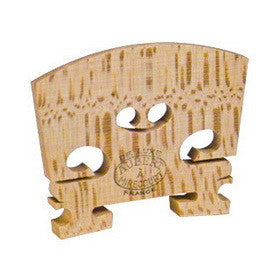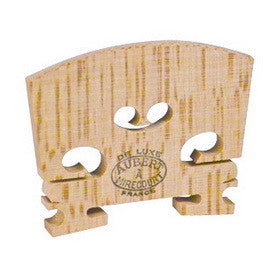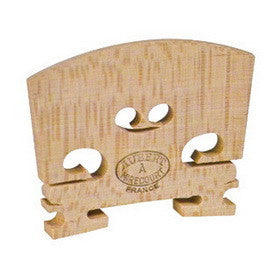Knilling Perfection Pegs
P1VN44BX
Sold Out
What is the Perfection Peg?
The Perfection Peg is a deceptively simple mechanism with a size, shape and overall appearance closely matching a conventional ebony peg. The patented design enables easy, accurate and stable tuning of the violin, viola or cello without the use of tailpiece-mounted string adjusters. In concept, this is equivalent to mechanisms already in use on the guitar and string bass.
What are the main benefits of Perfection Pegs?
Perfection Pegs turn with great precision and hold in the desired position until manually adjusted.
More class time and effort can be devoted to teaching and playing rather than tuning.
...and less hassle for players, students, teachers and parents.
Because of its ease, students can actually learn this important aspect of playing their instruments in their first year of training.
Perfection Pegs are virtually maintenance free and don’t create wear-and-tear on the peg box. In addition, all the costs and risks associated with fine tuners are eliminated.
By eliminating the fine tuners on the tailpiece (which were never part of the original design of the string instrument), Perfection Pegs restore the full sound potential of the instrument, and remove a main source of rattles and buzzes.
How do Perfection Pegs work?
In basic terms, they employ gears—small, precise, incredibly strong helical gears. Rather than whole-peg rotation and wood-on-wood friction, operation of the internally housed gearing brings each string to its desired tension, and holds it securely in place.
Stated a bit more technically, a player, rotating the head of the peg, is actually turning the main gear (called the sun gear). The sun gear drives smaller gears (called planet gears), which “orbit” between the sun gear and a toothed outer housing (called a ring gear). As the orbiting planet gears are spun about the sun gear, they force the rotation of an elongated housing (called a carrier), which serves as the shaft portion of the peg. The gears are also designed so that the shaft rotates once for every four turns of the peg’s head (called a four-to-one gear reduction). That allows the Perfection Peg to also function as a fine tuner.
What about durability?
If anything, the Perfection Pegs may be over-engineered to ensure durability and longevity. In fact, one might expect that Perfection Pegs will outlast any instrument in which they are installed! Here are some of the details.
The working gears are made from 8650 thru-hardened steel alloy. This same alloy is commonly used for the shafts that drive the propeller blades on helicopters. The ring gear assembly for the cello peg is brass, while for the violin it is aircraft grade aluminum. The carrier/peg shaft assembly is also aluminum. All of the internal parts are permanently lubricated with an ultra-viscous lubricant named 767A Nyogel, the same thing used in various sealed microscope, telescope and binocular gear assemblies. The head is molded from a high-tech plastic called PBT/ABS and the opposite end of the shaft is Delrin, both extremely durable materials.
For any reason, Perfection Pegs can be easily removed by a qualified luthier or technician, and replaced with new Perfection Pegs or conventional ebony friction pegs.
Professional installation recommended.
Related Items
Aubert Bridge Old Maple Violin 4/4
Sold Out
Continuing in the fine tradition of bridge making since 1865 Made from the finest "Old"...
Aubert Deluxe Treated Violin Bridge 4/4
Sold Out
Continuing in the fine tradition of bridge making since 1865 Made from the finest tight-grained,...
Aubert Select Violin Bridge 4/4
Sold Out
Continuing in the fine tradition of bridge making since 1865 Made from select, deeply figured...





